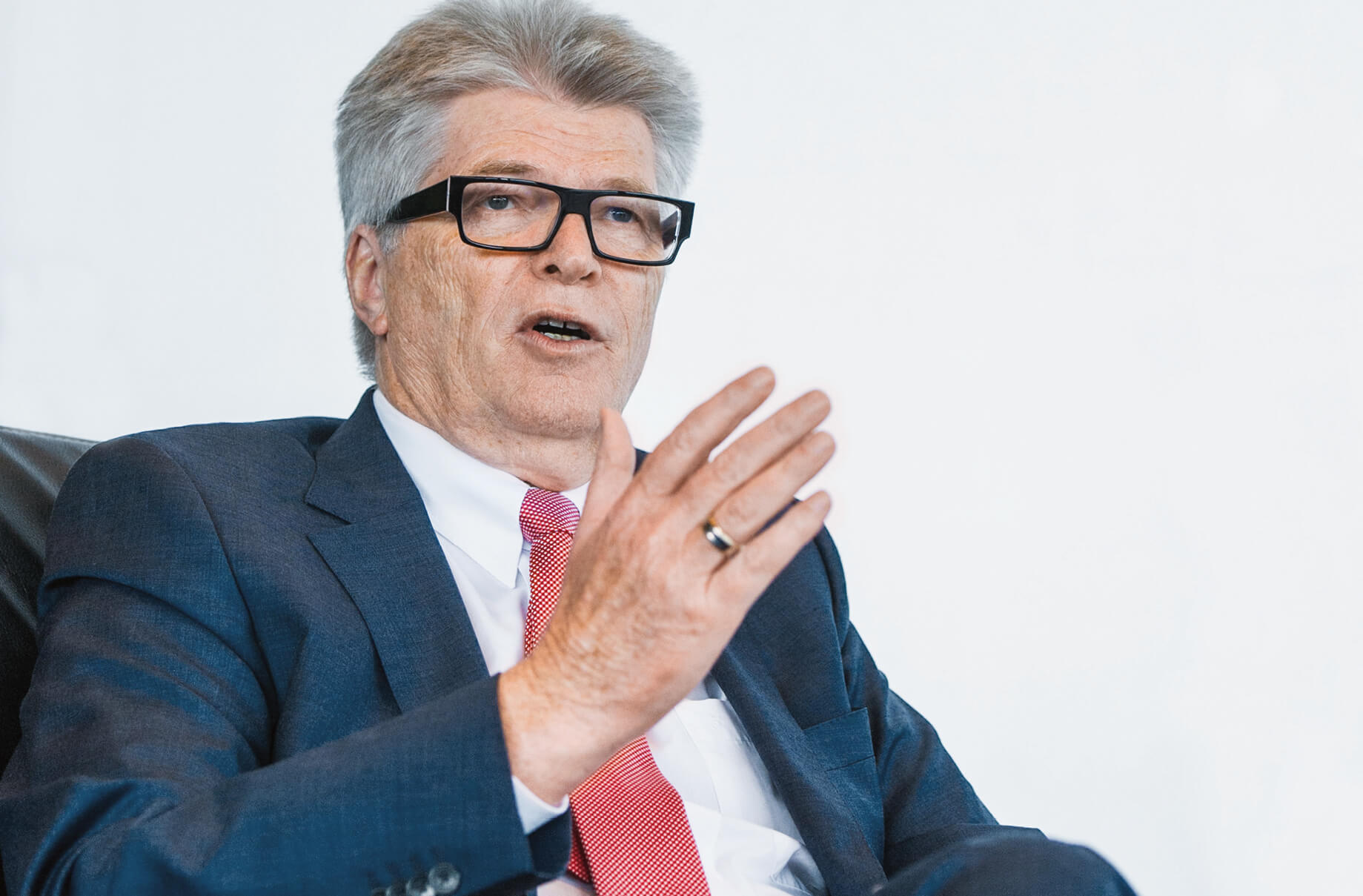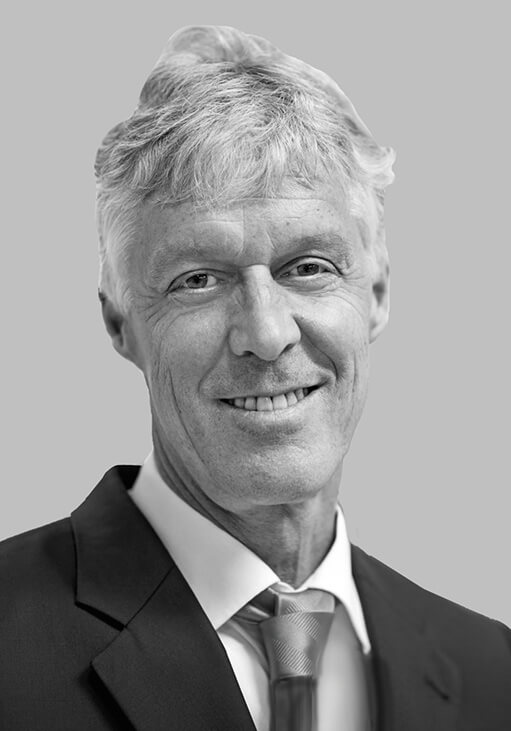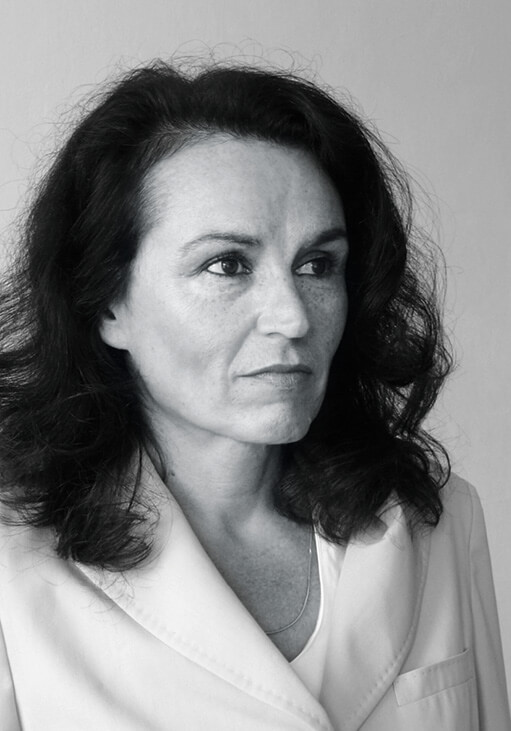What is “usability”? It describes the extent to which a product has been tailored to its users, their tasks and the wider context. That’s the ‘Bermuda Triangle’ that we delve into, on a scientific level.
You started by visiting control and switchgear manufacturers in Germany with a team of usability experts, psychologists and anthropologists – what exactly did you do at these companies? We carried out user-task-context analyses. That involves going on-site to record specific data regarding users and their knowledge, preferences and motives. We also observe their tasks, the objectives of their activities, specific contextual conditions and usage scenarios.
So you watched over the shoulders of enclosure fitters? We observed and interviewed everyone who works with enclosures in the relevant companies. Everything was documented in writing and sometimes with photographs and videos, too. But it wasn’t just enclosure fitters.
It sounds complicated. That’s why usability engineering is the best way to get at the user. Usability goes much further than what we understand under the term “user experience”, as it also factors in tasks and context. To investigate these areas, you really need to understand how people work on a scientific level – it’s this expertise that guides you in the right direction.
So what did you find out? Without wanting to go into details, some of our findings were unbelievable. Even with a product as supposedly simple as an enclosure, the study enabled us to expand what we know exponentially. We got the full gamut of reactions, from ‘wow’ to ‘genius’. That goes for the staff in the companies, too, as we gave them an opportunity to really reflect. After all, they don’t observe themselves and they can’t always say what their requirements are.
Weren’t the “test subjects” distracted by having an outsider there documenting everything in finite detail? Isn’t there a risk that what you’re observing is not what actually happens under normal conditions? We have empirically triedand- tested tools and approaches to minimise disruptive factors such as the Rosenthal effect, selective perception and the halo effect. These include the researcher’s clothing and language, expert practical skills in recording data and even the period of time that we are on site. You often find it takes two to three hours for workers to get used to the situation.
Your institute carried out three in-depth analyses at three companies in Germany – then teams of researchers from Rittal were sent to seven companies in Germany, six in China and eight in the USA. Why? Those were studies to check the findings in other markets and cultures. Ultimately, the large enclosure from Rittal is an international product. Of course, we provided the Rittal staff, which included preliminary developers, engineers and product managers, with training and guidance in the scientific methodology beforehand.
What do you actually get from a usertask- context analysis? After documentation and evaluation, the focus shifts to ‘requirements engineering’ and development work on the potential for improvement and innovation. If I understand the requirements exactly, the R&D department gets a robust guide for its own development work.


